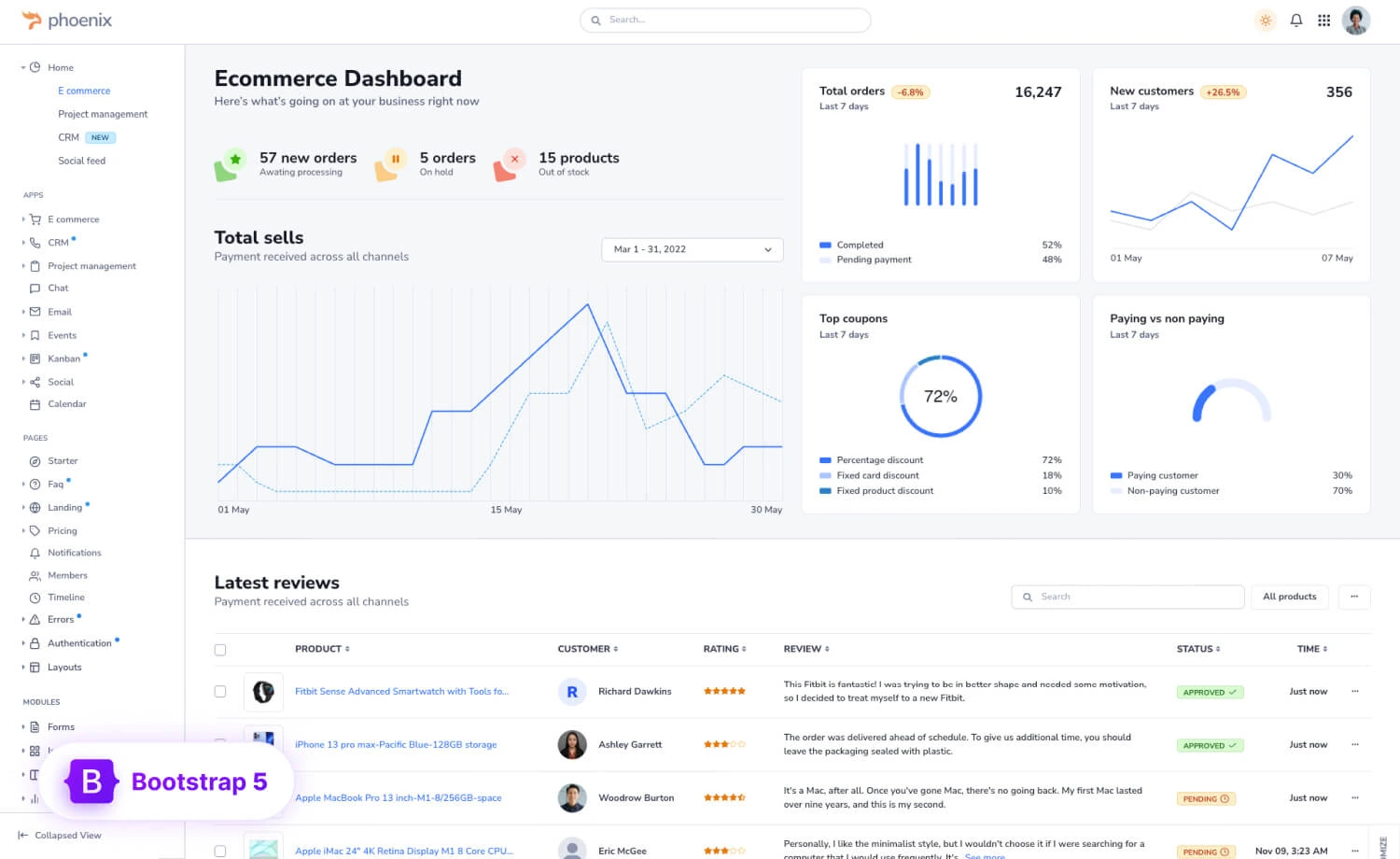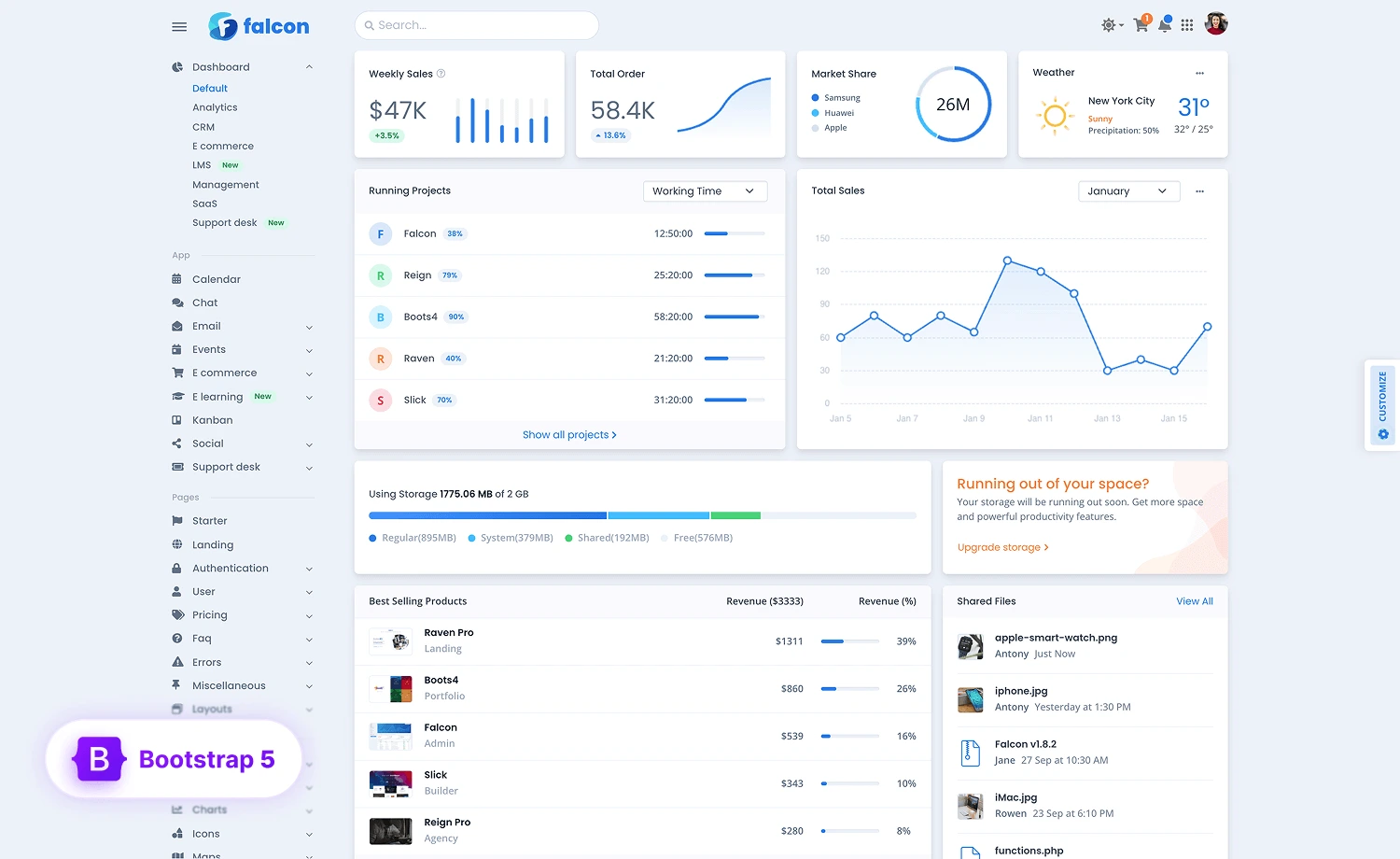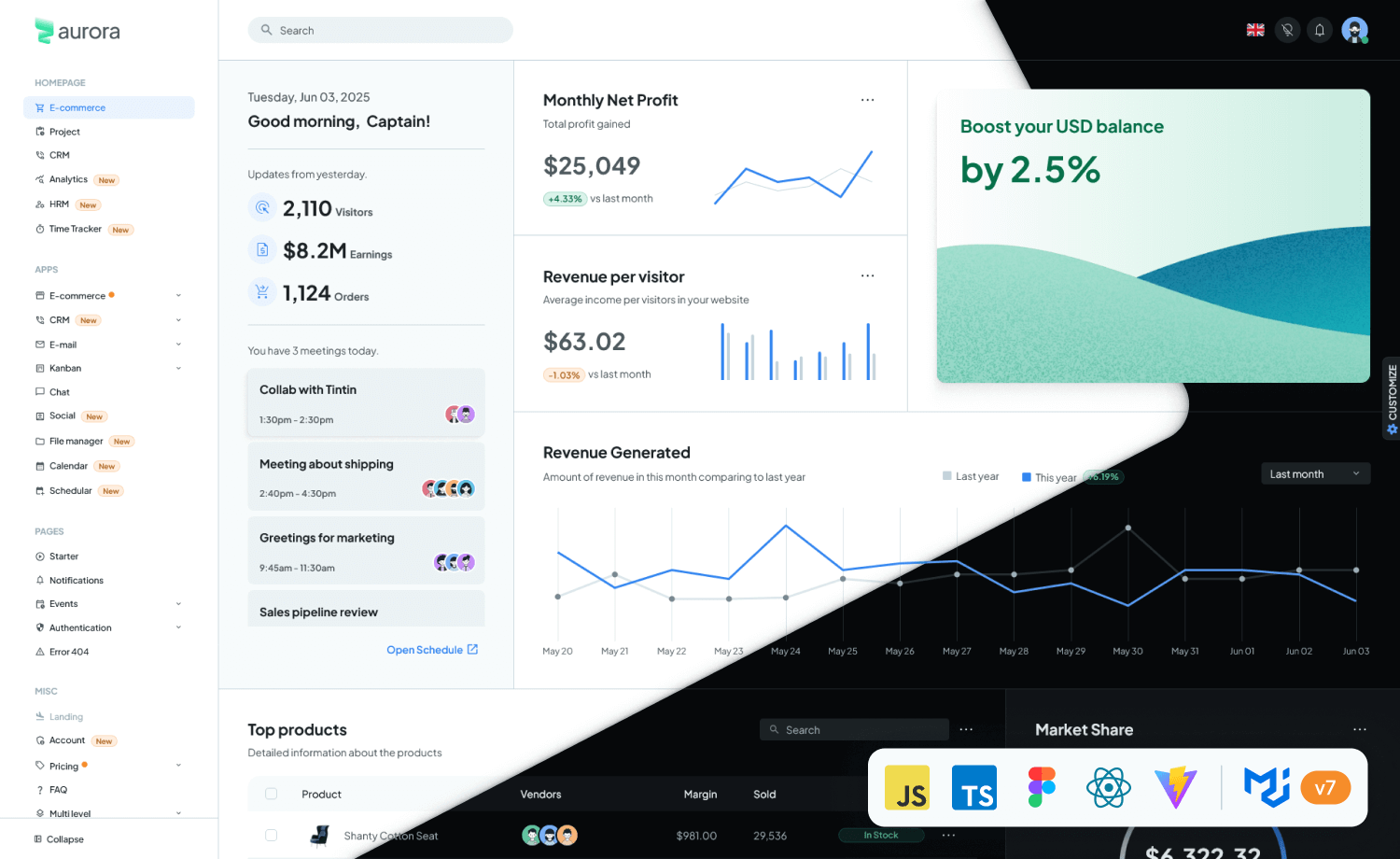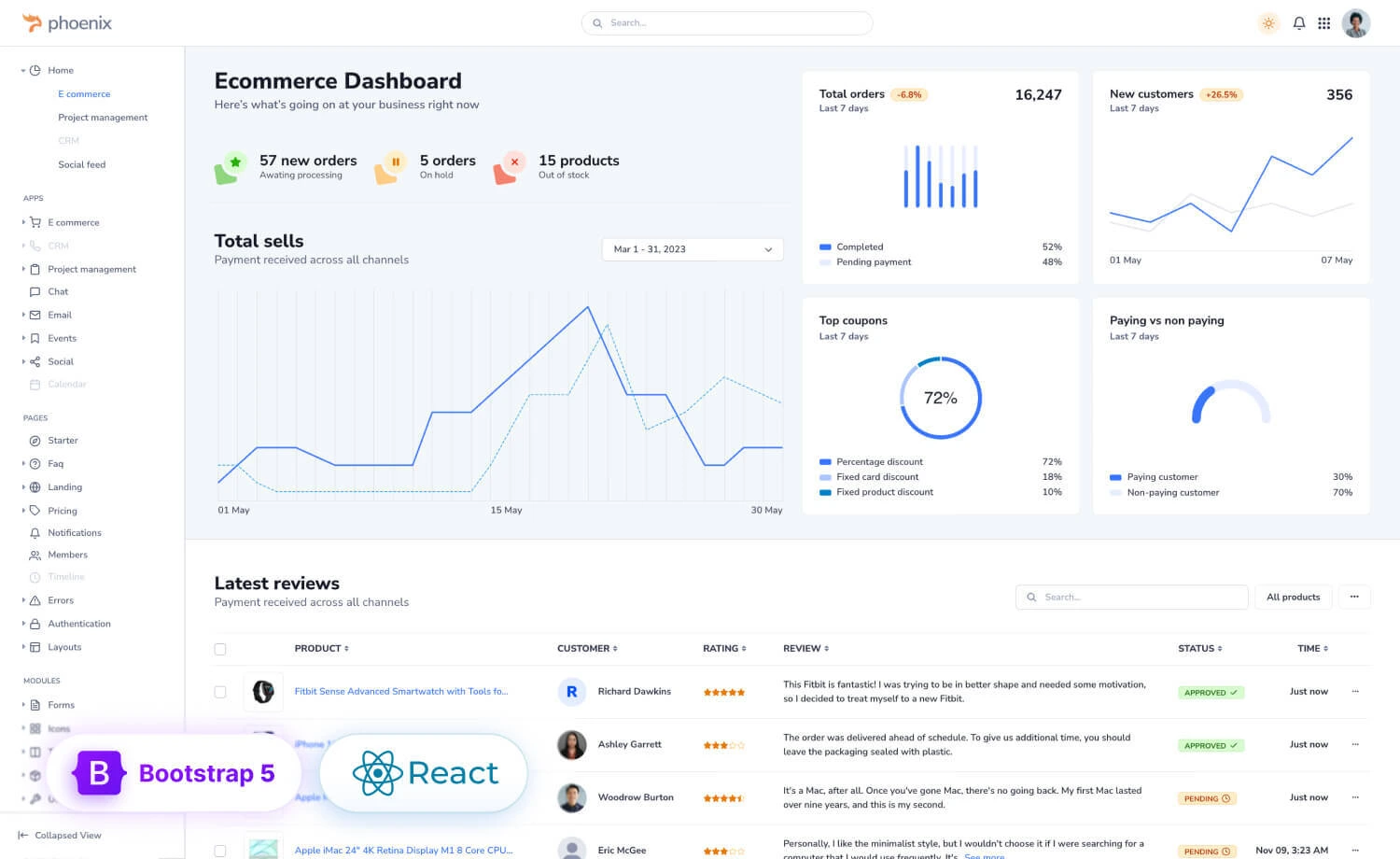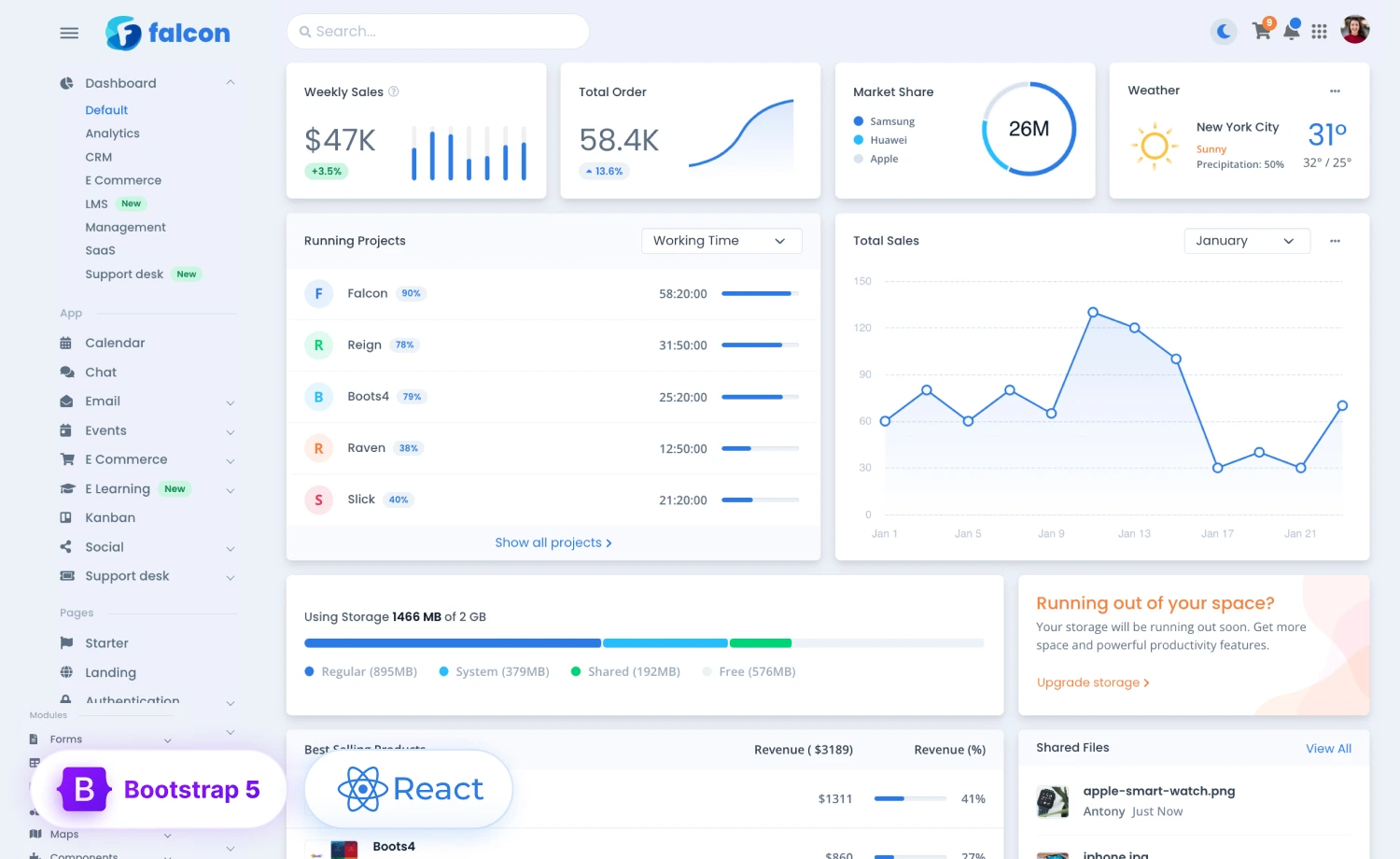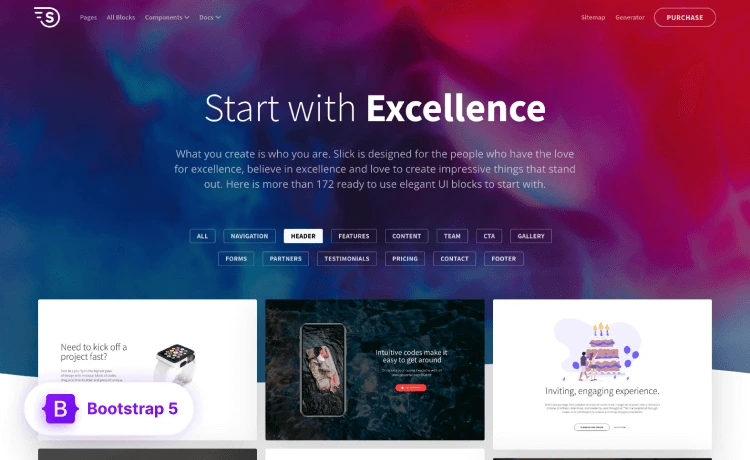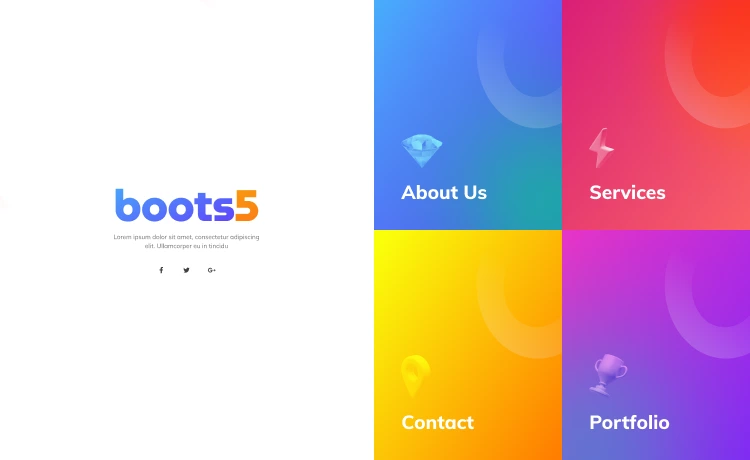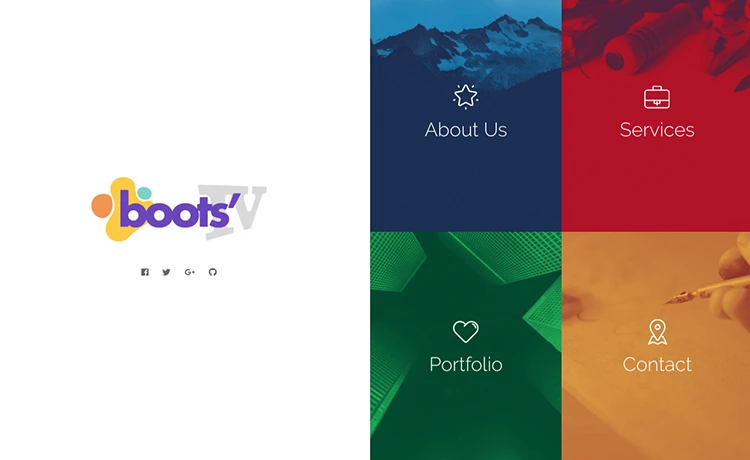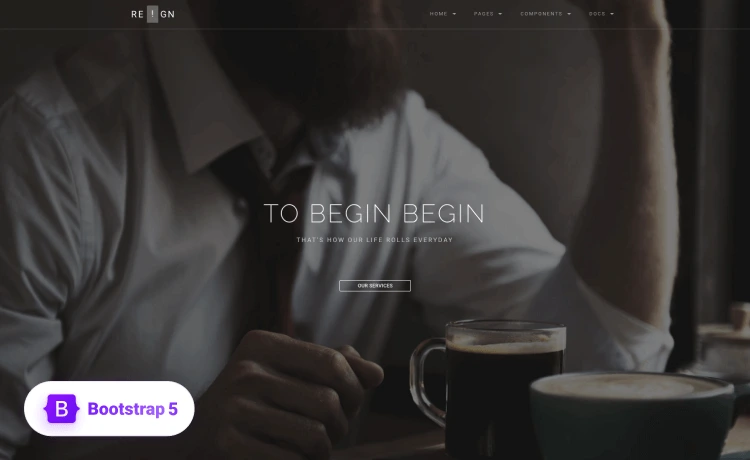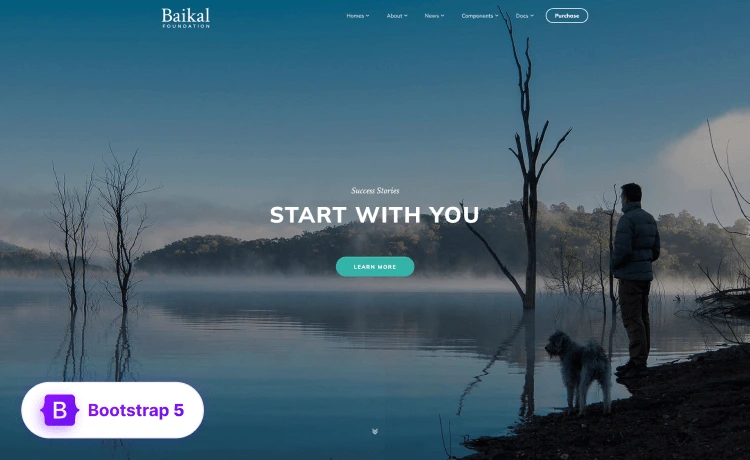A business creates online websites so that they can reach a large number of audiences. For this, it is very essential that the website is developed in such a manner that its URL is easy to remember, pages are well optimized for seamless browsing experience and visitors feel safe and secure while making any transactions.
When a visitor visits the website to buy products or get service or need any kind of information, they look for a website that is easy to browse through the options and products, and provide straightforward details without any roundabouts. For this, it’s essential to have Search Engine Optimization (SEO) to have an effective website. WordPress is the most popular tool to develop highly optimized websites that have a better chance to rank higher in the search engines. WordPress SEO helps to increase the rank of the website in the search results as they incorporate many strategies and techniques that are helpful. Some of the important key factors that are helpful to increase the rankings are:
1. Image Optimization:
For any website, the speed by which the pages load is the key factor in determining the rank on search engines. Slow pages don’t get much traffic as they are time consuming. Most of the slowness is faced when images of large size loads on the site. The situation becomes more pathetic on slower network speed. Hence, it is always preferred to optimize the images first. Thus, all the high-resolution images should be well optimized using a WordPress SEO plugin. These plugins are designed in such a way that the resolution is not affected, and the pictures remain crisp and clear.
2. Custom URL:
WordPress SEO generally gives suggestions for URLs depending on the keywords present in the web page. A simple URL that can be easily remembered is preferred. Also, the URL should be short and self-explaining. Page URLs should also be created with a meaning.
3. Image text and names:
All the images used on the website should be named properly, so that they can be easily referred to. Apparel images can be named as jeans01.jpg or shirt_cotton.jpg, rather than using A0101.jpg, which is meaningless. Sometimes when a visitor is browsing on a slow network, it becomes easy for them to identify what may be contained in the image. Also, this is useful to tag properly named images on each page.
4. Titles:
The website title and titles on each page of the website should be eye-catching and should have a good set of words along with the main keyword that defines what the website is about. This way, different pages are effectively shown on the search results when the keywords matching the titles are being searched.
5. Descriptions:
It should be elaborative but to the point. Adding keywords in the description is a good practice. Meta description that is shown below the website title in the search results should be well composed.
6. SEO friendly theme:
WordPress SEO plugins provide a vast range of themes that developers can use based on business requirements. These themes are highly optimized. Google’s app.dev can be used to check the performance of the theme before making the website live for the masses.
7. WordPress plugins:
Plugins are used to optimize the website at different stages of the development. they provide suggestions and tips while creating the pages like suggesting using more keywords. Yoast luging and All in One SEO plugins are most preferred by WordPress developers.
8. Keyword research:
When the webpages are planned, first and foremost the keyword is decided. For apparels it can be clothes or for dairy items it can be milk or pure. Once the keyword is finalized, it should be used in all the pages suitably. The more the number of keywords is spread across the page, the more they will be visible in the search results.
9. Heading Tags:
Each portion of title or subtitle should be marked correctly to specific HTML tag H1, H2… this way, the content is more readable and easier to go through. Search engine crawlers investigate these defined tags and use them effectively to show in the search results.
10. External links:
Search engines prefer to show the websites that can be reached from multiple sources. This way, the site is accessible from many other sources apart from their own URL. This showcases a well-connected website to the searchers.
11. Update the site:
Once the website is launched and readers are visiting the site frequently, it shows that the website is preferred by them. Hence, it’s good to keep updating the site with the latest product or information, so that they provide new and fresh items or ideas or service to the visitors.
12. SSL domain:
Secure Sockets Layer or SSL is used to encrypt the connections. SSL domains are highly recommended so that the browsing is more secure, and all financial transactions are done without any theft.
13. Permalink Structure:
Permalinks are permanent URLs that point to the individual post and pages. These are used by visitors for reference and link the websites. These should be created in such a way that they are easily readable and describe the content clearly.
14. Category:
Each item or blog or page should be marked with a category. This helps to distinguish every item from one another. This way, all the common pages are linked under one category which makes the visitor refer to all the common items under one heading.
15. Tags:
Just like category, it’s a good practice to tag the pages. This can be based on the type of products or content of each page.
16. Sitemap:
A sitemap should be created for a website in a hierarchical manner. It is a structure that defines which content is present in which category or portion of the web page. Their main use is for search engine bots and provide overall reference for the visitors.
17. Social media existence:
As more and more people are connecting on social media and micro blogging websites; the social media presence plays a vital role in determining if the site is authentic by showing how many active users are referring to your website and what their views are about the site.
18. Breadcrumbs:
These are the paths that describe how the visitor has landed on the current page. It defines the path from the home page of the website to the current page and shows all the middle pages that the user has travelled to reach or how this page is designed to reach. This is helpful to visitors to move back or see the intermediate pages.
19. Avoid 404 error:
All the links should work properly. There should not be any links present on the website with dead ends that may result in page not found error (error 404). WordPress SEO plugins are very useful in this scenario, as they guide the developers for broken links and suggest them to map the page correctly.
20. Choosing a good host:
If the business needs to target a huge number of audiences, it is preferred to use a private server to host the website independently rather than a shared one. This will make the site more secure for financial transactions and data leakage can be effectively avoided.
These WordPress SEO tips are definitely very useful to increase the website ranking over any search engines. These 20 points cover almost all the tips that can be very helpful for naive developers or new business ventures.
